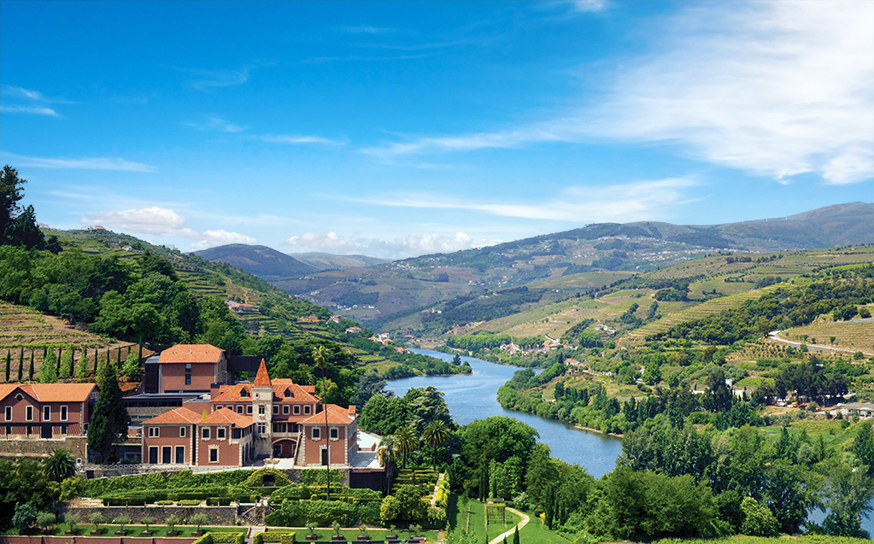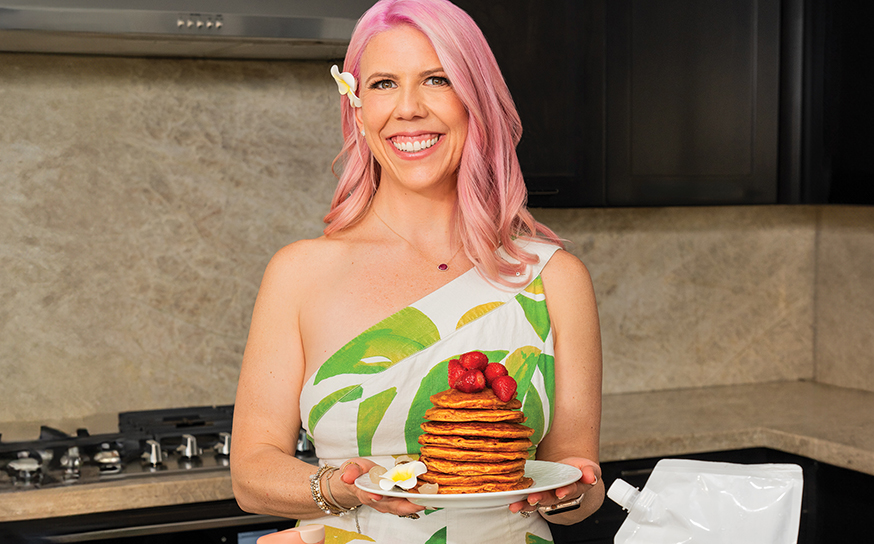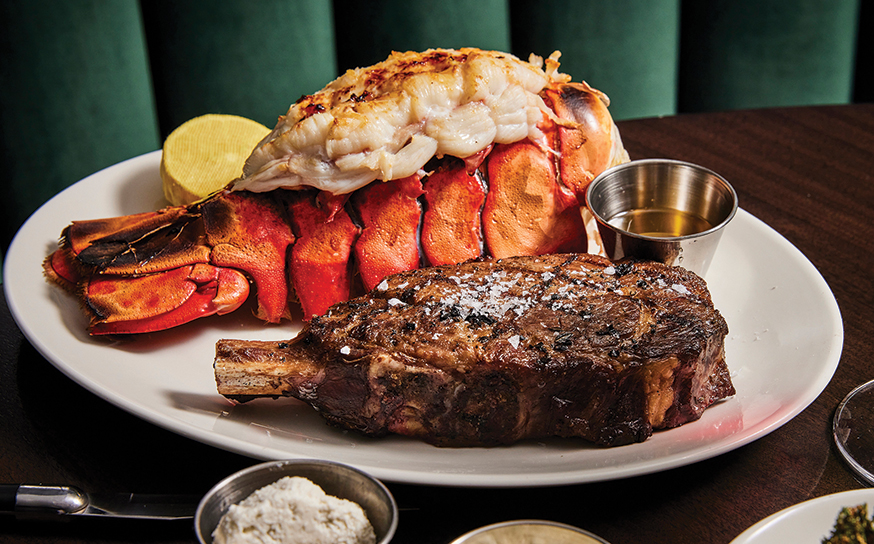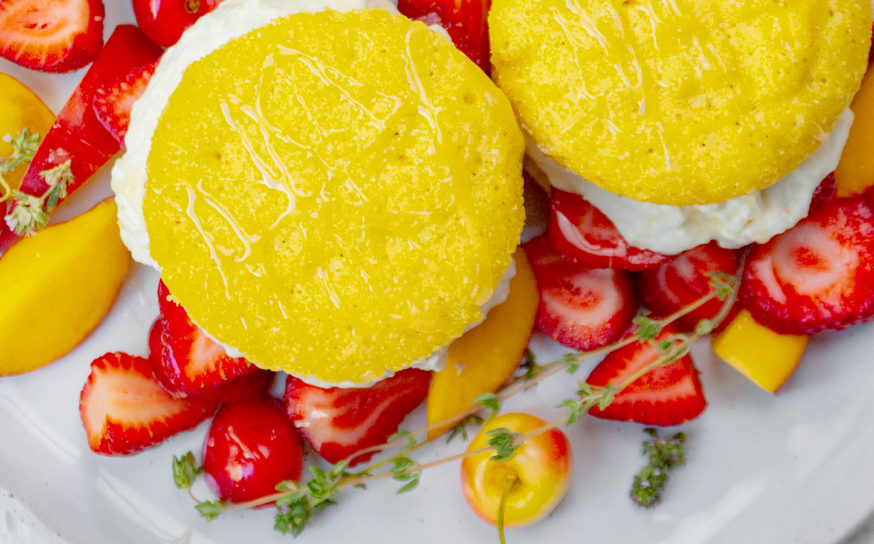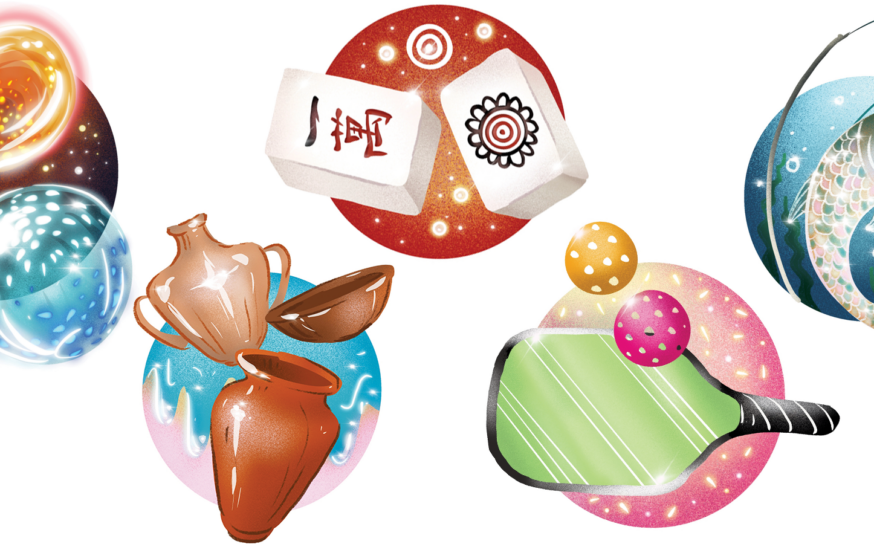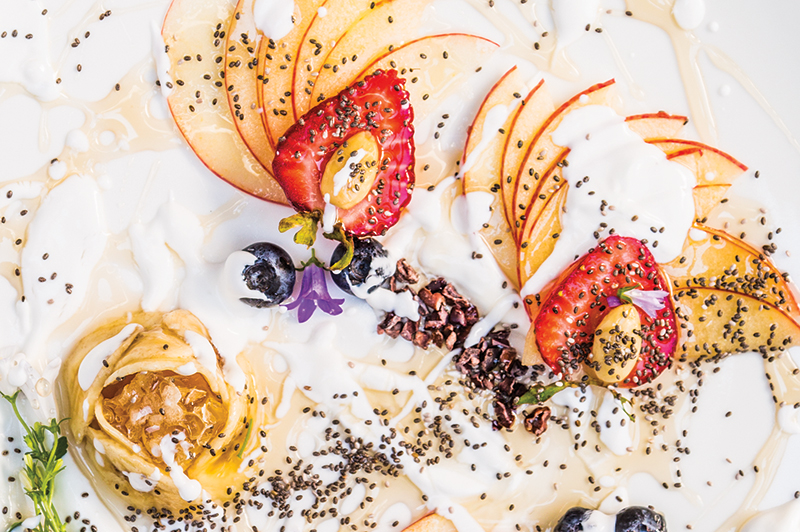
The Raw Deal
The rise in popularity of raw foods is creating culinary experiences that exceed even the most adventurous diner’s imagination. Here, meet some of the innovators who helped spur the trend and the group of local chefs who are carrying the (unlit) torch.
-
CategoryEat & Drink
-
Written byJoshua Lurie
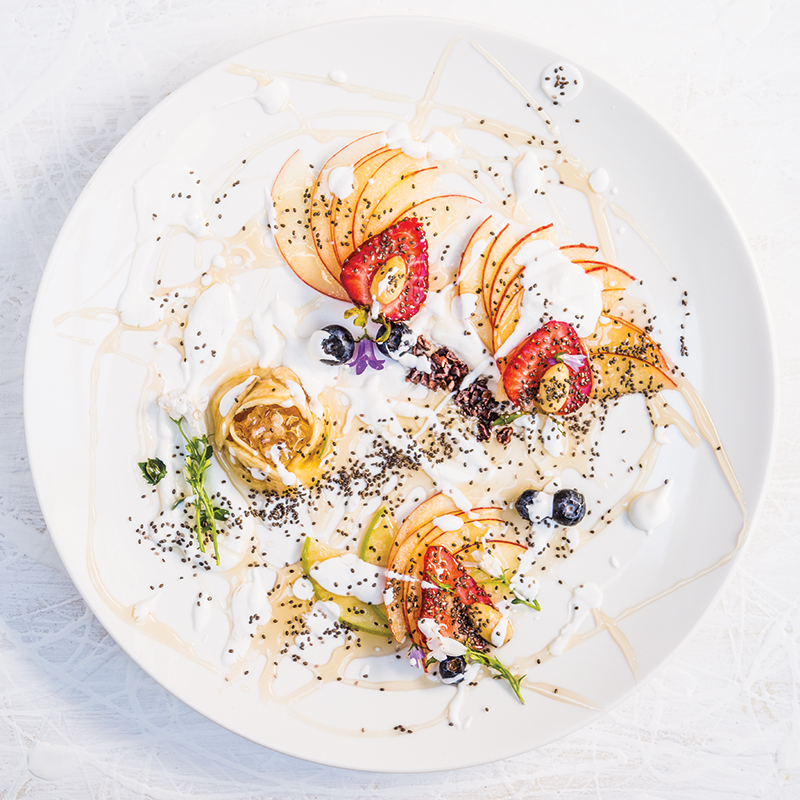
SUMMER MEDLEY | A fruit carpaccio with almonds, honeycomb, cacao nibs, chia seeds, lebne and edible flowers
Photographed by Shane O’Donnell | Styled by Kara Mickelson
When it comes to “raw” food, you’ll find numerous interpretations. Vegans are quick to point out that raw food means plant-based ingredients that aren’t heated above 118°, thereby preserving beneficial enzymes and nutrients. For others, raw brings to mind oysters and crudo or meat preparations like tartare and carpaccio. Still others think of Hawaiian classics like poke and Japanese predilections for sushi and sashimi. At the most basic level, fruits and vegetables are what many people think of as raw food. But for just a moment, forget about all of this—any preconceived notions— and open your mind to discovering a plethora of uncooked possibilities.
THE RAW RISE
When late Chicago legend Charlie Trotter and fellow co-author Roxanne Klein published their Raw cookbook in 2003, the two chefs adhered strictly to the raw, vegan definition of temperature control while applying fine dining techniques (and occasional luxury ingredients) to dishes like portobello mushroom pave with white asparagus vinaigrette.
In LA, raw, vegan food first took hold in beach cities like Santa Monica and Venice, where alternative diets are more readily embraced. Places like Juliano’s RAW and Euphoria Loves Rawvolution (both of which have closed) captured peoples’ attention. Matthew Kenney’s Plant Food + Wine in Venice is the latest concept to preach the gospel of raw.
Closer to home, SunCafe Organic was a trailblazer, among the first on this side of the hill to offer a full vegan menu. Next (when it comes to noteworthy fare) came The Gadarine Swine, also in Studio City, followed by 118 Degrees in Tarzana (there’s that temperature again). All three restaurants appear to be doing brisk business.
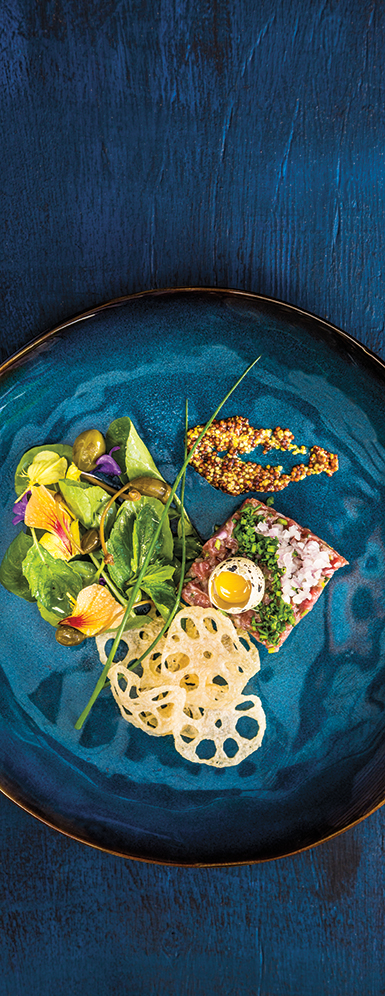
WHEN IT COMES TO CRUDO
At Il Grano, which closed in 2015 in West LA after 18 years in business, chef Sal Marino was an early proponent of crudo, the raw seafood preparation popular in Italy. Marino, whose family also runs Marino Ristorante in Hollywood, combed fish markets, farmers markets and his backyard garden to come up with the best, most inventive preparations. During one of my last meals at the restaurant, he served a beautiful tuna crudo with raw sliced almonds. In the past, he also prepared crudo flights that rotated in preparations like thin-sliced Maine sea scallop topped with yellow beet, albacore dressed with salmon roe or silky Japanese red snapper sprinkled with black pepper.
Now Denis Dello Stritto, who hails from Caiozzo, Italy, carries the torch (unlit, of course) for crudo with Culina, a modern Italian restaurant located inside The Four Seasons Beverly Hills. Culina even has a dedicated crudo bar by the entrance that prepares seasonal dishes like swordfish carpaccio with Meyer lemon, pink pepper and basil. Another showstopper involves sea scallops with fava bean puree and luxurious black truffle.
DEEP SEA DINING
Of course one of LA’s most established raw food preparations is sushi. The Valley is well known for sushi masters like Kazunori Nozawa. He closed Studio City’s Sushi Nozawa in 2012 after 25 years in business, but still implores diners to “trust me” with his new chain eatery sugarFISH. It has already spawned a spinoff—the hand roll emporium KazuNori, with locations both downtown and in Westwood. Ventura Boulevard continues to house some of the city’s most highly regarded sushi bars like Studio City’s Asanebo and Kiwami, and Tarzana’s Sushi Iki and Sushi Yotsuya.
One of the fastest growing trends is poke. This traditional Hawaiian dish now has more fans than ever given the plethora of poke places that are popping up all over LA. Valley newcomers for build-your-own poke bowl shops include Poke Bar in Studio City and 8oz Poke in Sherman Oaks. Both offer a choice of seafood (typically tuna or salmon) tossed with ingredients like soy sauce, sesame oil, onion and seaweed. The Hawaiian word “poke” translates to English as “to slice” or “to cut” and the fish is normally served in cubes.
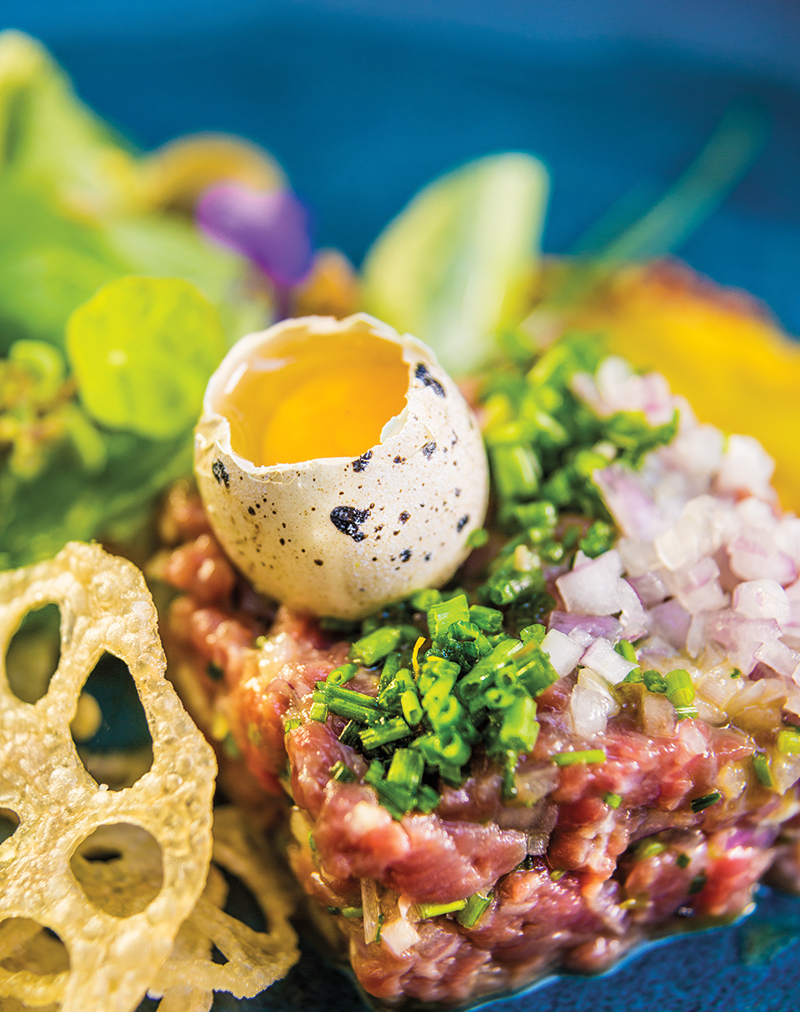
WHERE’S THE BEEF? | Steak tartare with a quail egg, caper berries, fried lotus chips and whole grain mustard
ARTISTIC INTERPRETATIONS
Market-driven chefs are also finding inventive ways of presenting and plating raw fruit and vegetables. Last fall, The Bellwether chef Ted Hopson prepared a butternut squash carpaccio that resembled a bouquet, which arrived in a bowl on toasted walnut milk, enlivened with a drizzle of honey vinegar. Closer to Christmas, Girasol chef C.J. Jacobson, who generally prefers mountain foraging to farmers market stalls, prepared a vivid, autumn fruit carpaccio with shaved Concord grapes, two types of crunchy kohlrabi, ruby-hued pomegranate arils, wild California bay leaf vinaigrette and chives. These combinations and presentations may be more elaborate than most, but as you’re learning, raw food can demonstrate serious range.
Valley dwellers seem to be embracing all manner of raw foods—which some chefs intuit as something of a challenge. Take Matt Wilson, who came onboard at Augustine Wine Bar in Sherman Oaks this spring. To the highly regarded veteran of eastside establishments Canele and SQIRL, raw means “freshest ingredients, bright flavors and hot weather.” He’s always scouring farmers markets for inspiration, and while he doesn’t have anything completely raw at the moment, many of his marinated and cured dishes never touch flames and still deliver dazzling results. One previous menu item, salmon tartar crostone, was served with creamy uni, crisp watermelon radish and bursting smoked salmon roe. Beef tartare has also made the cut, but more interesting is Matt’s beef carpaccio featuring filet mignon cured with red wine and plated with arugula, toast and shaved Parmesan.
Just half a mile or so down the Boulevard at The Bellwether, chef Hopson admits to enjoying playing around with “the idea of altering your perception of food.” That could mean the aforementioned squash carpaccio, raw fish or raw meat. He believes springtime is a particularly good time to get raw; the season reminds him of eating from his grandma’s garden as a kid. “She and I would take walks around the block and pick the dandelions from the sidewalk and make a salad.”
For spring, The Bellwether featured a raw vegetable salad with a variety of crunchy vegetables, avocado tarragon dressing, and dill and fregola for “chewiness.” For summer, he’s showcasing raw fish like hiramasa and tai snapper. Diners will find Ted’s latest and greatest dishes in the “R&D” section of the menu.
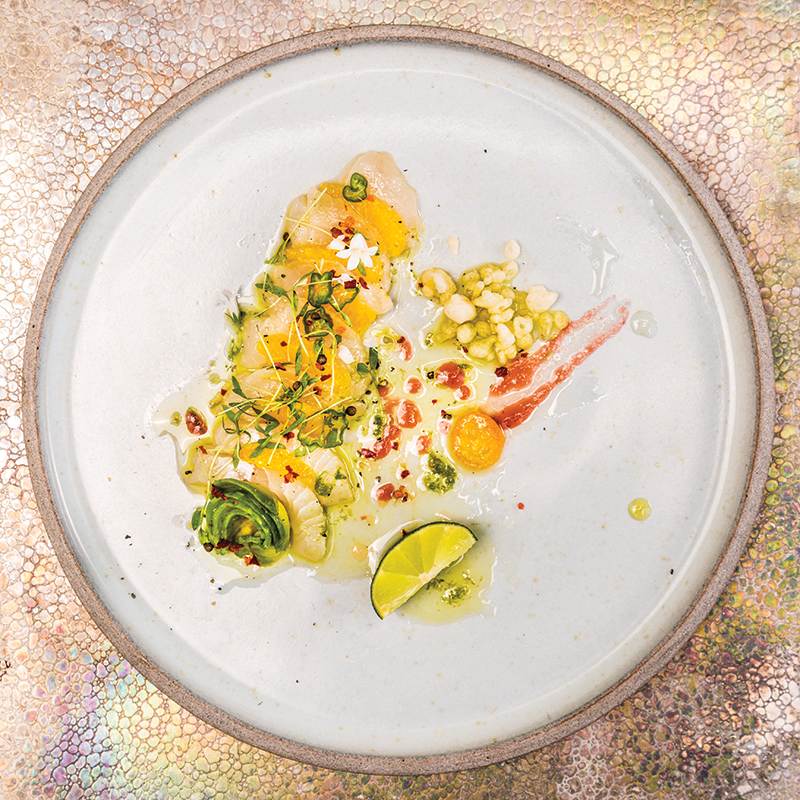
SUNKEN TREASURES | Sea Bass crudo with tangerine, avocado, shishito peppers, puffed wheat, strawberry, kumquat and micro cilantro
Raw fish and meat also always have a place on his menu but in unpredictable ways. “When we eat raw fish, we’re so used to having it with things like soy sauce or wasabi or California avocado,” Ted says. Instead, Ted will combine big eye tuna with fennel confit, spicy Calabrian chile and raw, tangy puttanesca sauce. Still, the core ingredient must shine through. The chef recalls his days at Water Grill, saying, “One of the lessons from working with David is making fish taste like fish and not covering it up.”
The Valley has a sizable Peruvian population, which means a wealth of eateries that serve ceviches and tiraditos, two popular seafood preparations. In both cases, the fish and shellfish are unheated but “cook” when hit with citrus juice or leche de tigre, a piquant blend of lime juice, garlic and ginger that helps balance its frequent co-stars—starchy, steamed hominy-like choclo and sweet, sliced yams. Van Nuys is particularly strong for Peruvian cuisine at restaurants like Puro Sabor and Takatis.
VEGAN VARIETIES
The Valley’s leading authority on raw, vegan cuisine may be Chef Ron Russell, who co-founded SunCafe Organic with Rebecca Smith in 2009 and has stockpiled 250 raw recipes over the past two decades. They moved into a larger space in 2014 near Universal City. The restaurant owners don’t limit themselves to raw, vegan food, but one-third of their plant-based, dairy-free dishes still qualify. Ron says, “ gives us a culinary edge in that we can surprise people with flavors that they may not have had before. I’ve seen women bring their boyfriends who are hardcore carnivores with this sour look on their faces before the meal, then they try the food and you can see the expectation change. We’ve had people say it’s the best meal of their life—people who didn’t want to be there.”
Ron lets inspiration guide whether to cook a dish or keep it raw. “I’ve done almost every cuisine raw, even French, which is a tough one since it’s so butter and cream intensive.” Ultimately flavor is the deciding factor. Ron says, “We never want to hear the words, ‘For vegan food or for raw food, it was good.’”
One of Ron’s go-to raw creations is chorizo crafted with Brazil nuts, sun-dried tomatoes, sunflower seeds and spices, and then dehydrated until crunchy. Raw soups and nachos with thin-shaved jicama subbing for tortilla chips are also popular.
Ron has a big-picture belief in the health benefits of raw food. “We’ve gotten so far away from what food really is in America with all the processing, like pink slime and stuff that is so unnatural. The body is not meant to process that”, he says. “When you think about all the species on the planet—eight million species—how many eat cooked food? One.”
We may never know whether the rest of the animal kingdom would cook their meals if given the chance, but the increase in raw food offered in restaurants tells us the commitment to un-fired fruits, vegetables, meats and seafood is very real.
When it Comes to World-Class Spas, Nothing Beats Six Senses Douro Valley in Portugal
Plus, you’re in wine country!
The Sweet Spot
With the rock-solid support of her family, Sari Megan Kern has flipped for the pancake business.





